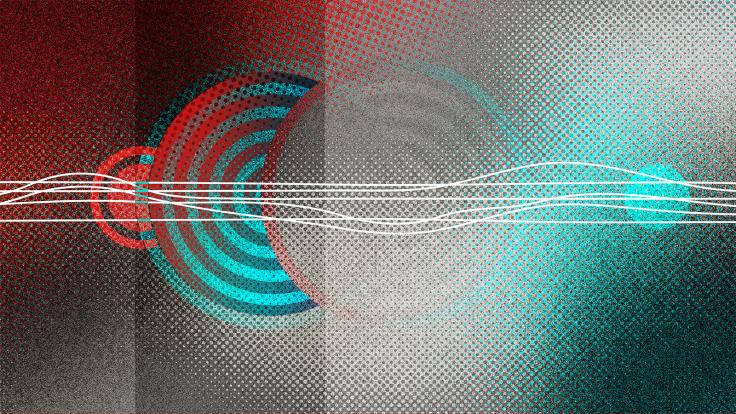Explain it in 60 seconds
Superconductors are remarkable materials that conduct electricity without resistance. At very low temperature, their quantum behavior allows electrons to pair up in such a way as to avoid the normal resistance-causing impediments to their motion.
In normal conductors, thermal vibrations and impurities deflect, or scatter, electrons. This process wastes energy by generating heat—for example, in the steel-reinforced aluminum cables of power transmission lines of the electricity grid. Even very good conductors like pure copper significantly impede the flow of electrons, producing resistance and heating the wires.
Normally, two negatively charged electrons repel each other. But in a superconductor, electrons behave differently. Two electrons can form a temporary pair when one electron is attracted to the positive core of an atom just as another electron, attracted by the same atom, is whizzing by. Surprisingly, this combination of influences eliminates the scattering of both electrons. Billions of times a second, this “Cooper pairing” makes resistance disappear: frictionless electricity!
Superconductors are important in science, medicine and industry. Superconducting wires are used in magnets for accelerators like the Large Hadron Collider, and in magnetic resonance imaging (MRI) machines at hospitals. The first superconducting cables for underground electricity transmission lines are also now being installed.













